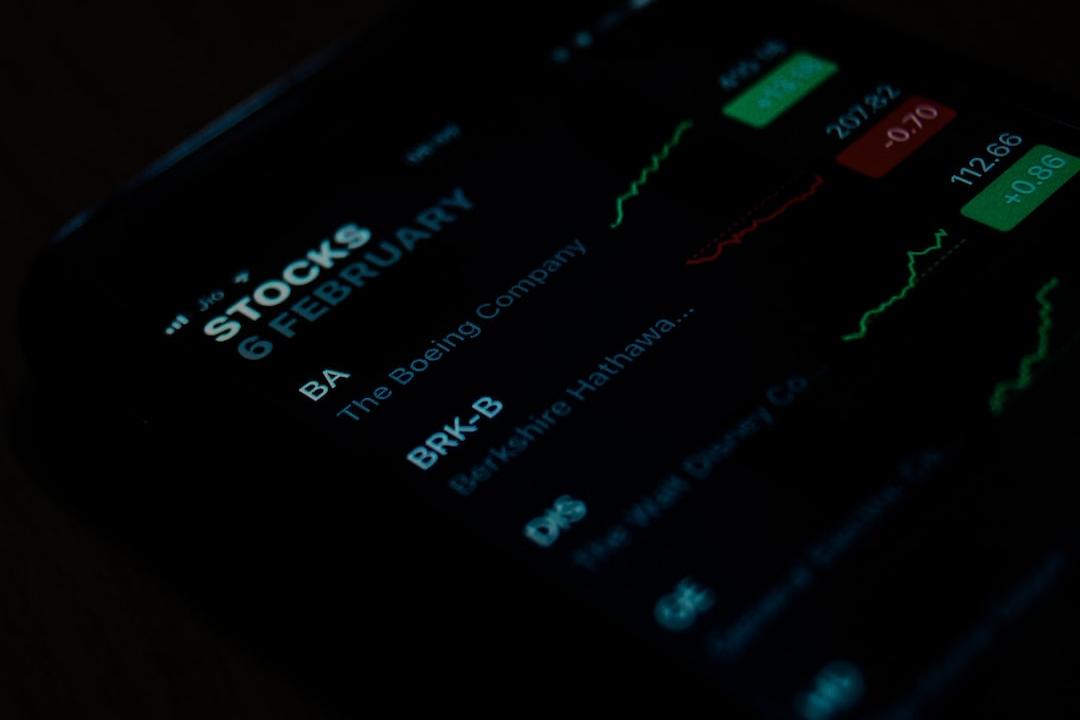Recently, the Nasdaq index of US stocks has been reaching new highs, while BTC has experienced a significant decline, breaking away from the previously perceived positive correlation between the two. This article will review the current and previous bull markets, exploring the strength, weakness, and changes in correlation between the two during different periods.
(Previous summary:
Bitcoin falls below 55,000, hitting the lowest point in February! Market fears intensify, and the whales of the chain flee.)
(Supplementary background:
More Bitcoin mining machines have fallen below shutdown prices. What did the “ShenYu” fish see?)
Recently, there has been a deviation between the trends of BTC and the Nasdaq index of US stocks. While the Nasdaq continues to reach new highs, BTC has fallen, leading to a significant decline in the overall crypto market. This contradicts the traditional perception of a positive correlation between the Nasdaq and BTC. So what is the logic behind this? Has a similar situation occurred in history? This article will explore the correlation strength, weakness, and changes between the two during different time periods by reviewing the current and previous bull markets.
In fact, BTC and US stocks do not always have a fixed coefficient of positive correlation. Instead, they have different degrees of correlation during different stages of the cycle. By reviewing the previous bull market and the current bull market, several patterns can be observed:
1. The initial starting point and the final endpoint of both BTC and US stocks’ rise are completely consistent in the time dimension.
2. The process of their rise is different. The Nasdaq index rises at a more stable pace, showing an approximately fixed slope on the K-line.
3. BTC, on the other hand, follows exponential growth. The initial rise is slower, followed by a rapid surge at a certain point. Interestingly, the time of this accelerated rise corresponds to the first consolidation phase in the Nasdaq’s upward trend.
4. At the same time, the first peak of BTC corresponds to the second consolidation phase in the Nasdaq’s upward trend.


Which stage of history does the current market position correspond to? Is there a traceable pattern in the situation where US stocks rise while BTC falls?
It can be observed that, for most of the two bull markets, BTC and US stocks maintain a positive correlation, with negative correlation phases appearing but not dominant. In the previous bull market, after the first peak of BTC, the Nasdaq continued to rise while BTC experienced a correction, resulting in a divergence in their trends (as shown in the yellow box in the figure below). This is similar to the current market situation, where history is repeating itself.


How long will the divergence between BTC and the Nasdaq continue, and how will it be resolved in terms of timing and intensity? Looking at it from two aspects:
1. In the previous bull market, the duration of the divergence was not long, lasting for about 9 weeks on the weekly chart, and then returning to a positive correlation (at the weekly level).


2. In the previous bull market, the point at which the two resumed positive correlation was when BTC showed a clear exhaustion of downward momentum on the daily chart and reached a significant support level.


If we use historical standards to evaluate, it can be seen that the current market has not fully satisfied the conditions for the restoration of the divergence. More candlestick information is needed.
How can we logically understand this special common trend that appeared in both bull markets? Regardless of whether it is BTC, gold, or US stocks, they are all influenced by the same macro environment, and their prices are constrained by factors such as financial liquidity and risk-free asset returns. BTC, as a more flexible asset, can experience a strong upward trend in the early stages of a bull market, outperforming US stocks by a large margin. However, there is no eternal strength, and after the primary uptrend, it may weaken compared to US stocks. This is similar to the relationship between altcoins and BTC.
From another perspective, during the primary uptrend, market liquidity is sufficient to support the overall rise in asset prices. But after reaching a certain level, the fuel or momentum for further rise becomes exhausted, making it difficult to sustain a collective rise in all asset categories. This may lead to a situation where some assets rise while others fall.
Looking at recent events, the market has been influenced by pressure from the German government and the regulatory crackdown on cryptocurrency in China. Regardless of how we interpret this trend, BTC will eventually restore its positive correlation with US stocks after undergoing sufficient adjustment.
(The above is the author’s personal opinion for reference only.)

Related Reports
Glassnode: Bitcoin’s increased volatility is coming, is the market still in a bull run?
Mt.Gox repayment selling pressure to end in October! Analyst: Bitcoin’s unrealized profits are too high, there will still be new selling pressure.
Bitcoin spot ETF saw the highest net inflow in a month yesterday! Analyst: The ones fleeing are all newcomers, HODLers remain steadfast.


